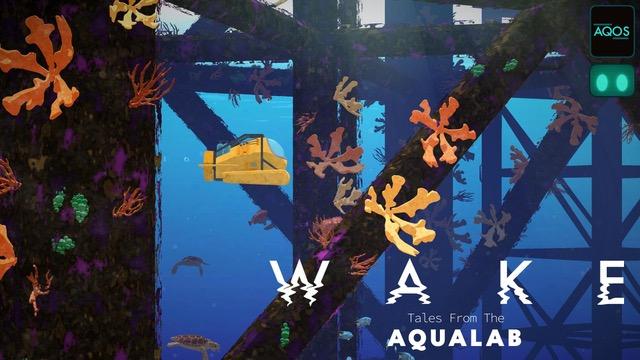Field Day Lab, a Wisconsin Center for Education Research computer science and game design lab, combines learning and play to create educational games for public use. Feb. 27 marked the release of Field Day’s newest game, Wake: Tales from the Aqualab.
With its games featured on BrainPop and PBS LearningMedia, Field Day’s games, including Wake, are available to the public for free, according to the website. The lab’s researchers then use the data from the games they design to understand how players learn.
Sarah Gagnon, creative director at Field Day Lab, said in an email statement to The Badger Herald that she designs games like Wake with the players in mind. One misperception about science is it has to happen at a desk while sitting down. Field Day games demonstrate several ways scientists can work in the field in more engaging and exciting ways.
Gagnon also said making educational games such as Wake presents science to players in a more engaging way that looks beyond the facts.
“[For] me, the reason I get really excited about games like this is because kids love games,” Gagnon said. “With Wake we wanted to create a space for kids who love games in a way that would nurture their wonder and love of the world.”
Players of Wake get to explore the relationships in different oceanic ecosystems from the scientist’s point of view, Gagnon said. There is a strong emphasis on complex and interconnected relationships in Wake, so kids can learn what happens when they interact with dynamic systems.
While the game is designed to be engaging and educational, Gagnon also wants kids to feel hopeful as they play it.
“I also want them to feel hope,” Gagnon said. “We introduce the players to some difficult situations at some of the ecosystems but show how there are things they can do that can bring it back to life.”
Gagnon — and the rest of the contributors to Wake’s final product — poured their hearts into the whole process. Wake’s narrative, sound effects, game design and character development are unique and something the game designers are very proud of, Gagnon said.
Not only does it bring some of the “world’s most exciting research” to schools but it also bridges the disciplines, such as artists and visual designers, of those who were involved in creating Wake.
“We have built an incredible team of educators, artists and engineers,” Gagnon said. “I can’t wait to see what we make in the next few years. I hope the fun we have making these games gets conveyed to the kids who play them.”


